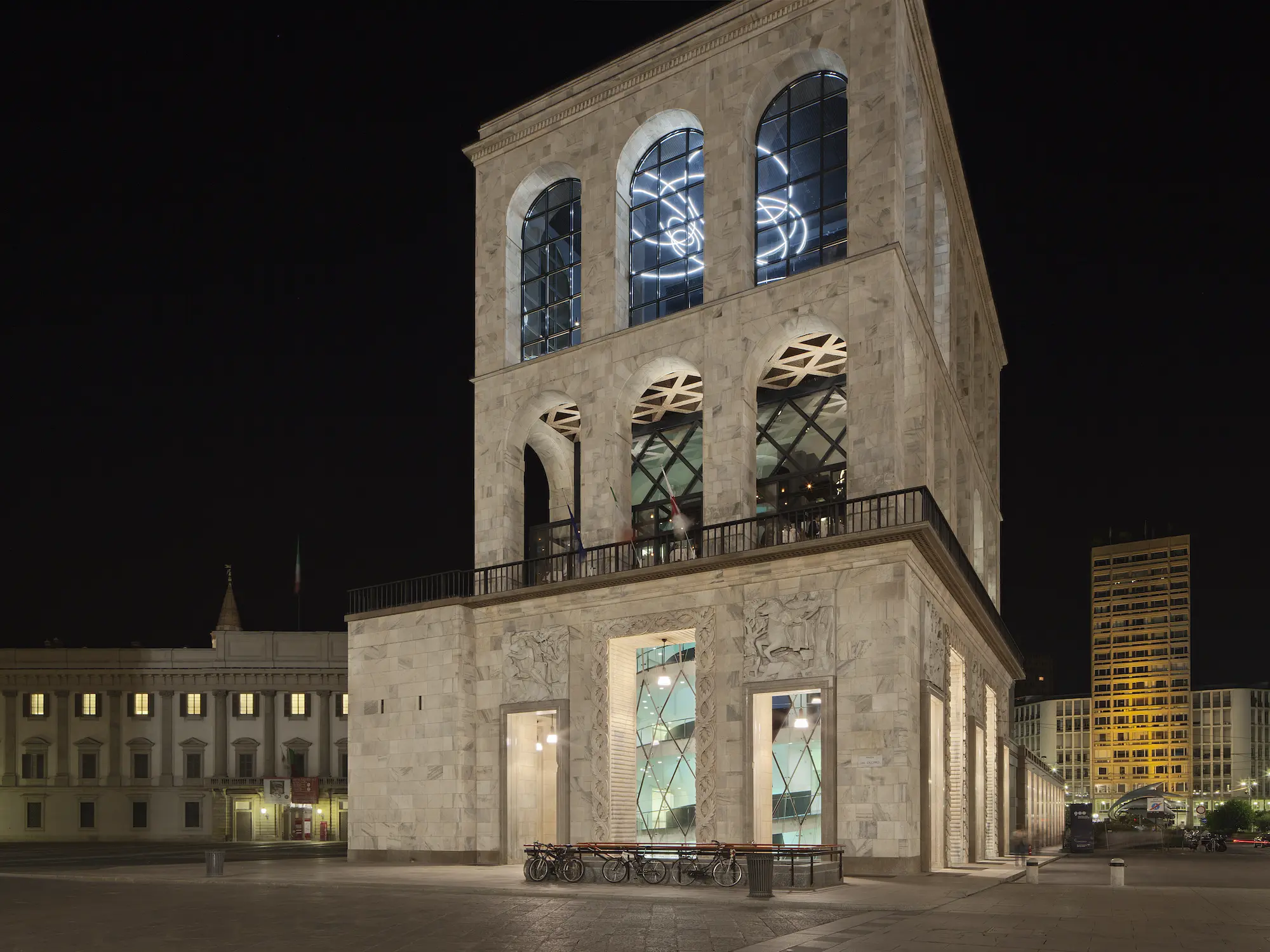Italo Rota, the Italian architect and designer, died on Saturday at the age of 70. Born in 1953 in Milan, Rota graduated from the city’s Politecnico University in 1982 and began his career in the studios of architects Franco Albini, Vittorio Gregotti, and Pierluigi Nicolin, all based in greater Milan, before decamping to Paris in 1986. There, in collaboration with fellow Italian expatriate architect Gae Aulenti, he led the renovation of the Museum of Modern Art at the Centre Pompidou (1986); the conversion of the Gare d'Orsay, a former railway station and hotel, into the Musée d'Orsay (1986), a museum for French art largely dating from 1848 to 1914; and lighting for the Notre-Dame Cathedral (1991-2000).
.webp)
Italo Rota and Gae Aulenti led the conversion of Paris's Gare D'Orsay into a leading art museum. Photo by R Boed, Wikimedia Commons
Rota returned to Milan in 1996, and founded his eponymous studio Italo Rota Building Office. The firm designed notable projects in his home city such as the Museo del Novecento (2010), a center for 20th-century art in the Palazzo dell’Arengario in the Piazza Duomo, and, internationally, the Casa Italiana at Columbia University (1997) in New York. Rota’s return to Milan also saw a growing collaboration with architect Carlo Ratti and his studio Carlo Ratti Associati, with grand visions for Rome’s bid to host the World Expo 2030; the MEET Digital Culture Center (2020); the diaphanous Italy Pavilion at the 2021 Dubai Expo; and a sculptural installation at the 2022 Milan Design Week.

The Museo del Novecento houses 20th century art within a former palazzo. Courtesy Museo del Novecento
His contributions to the field also include nearly 15 years as the head of the design school at Nouva Accademia di Belle Arti, in Milan, a role he began in 2010, and numerous published works.
The cause of death has not been announced at this time.





